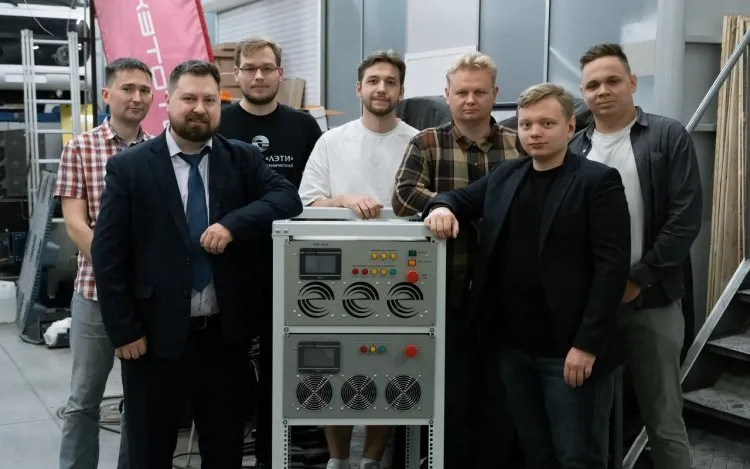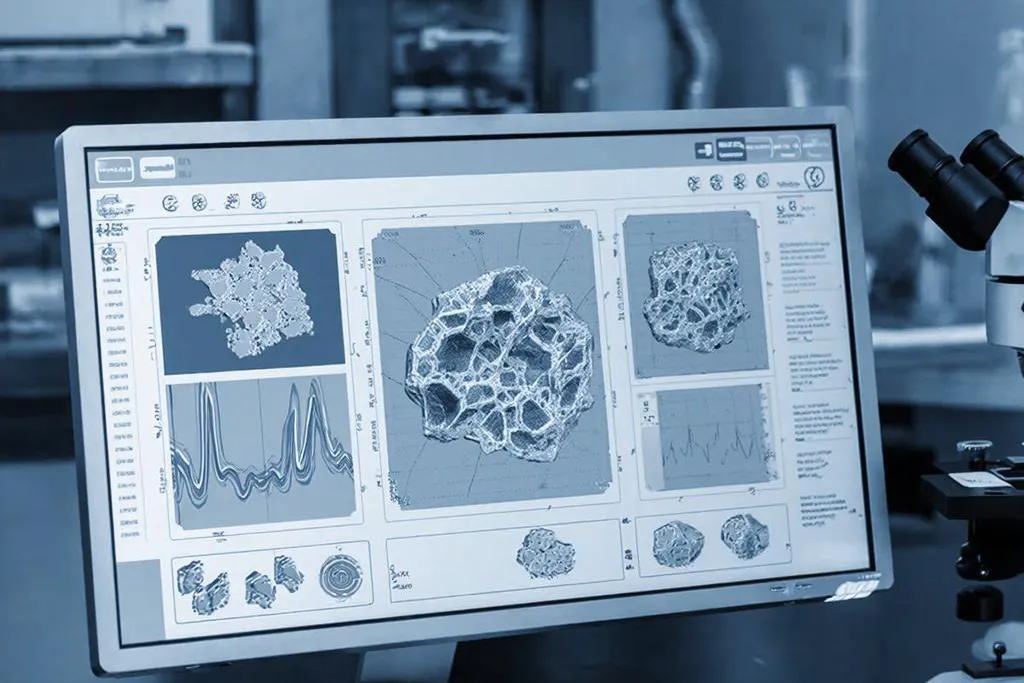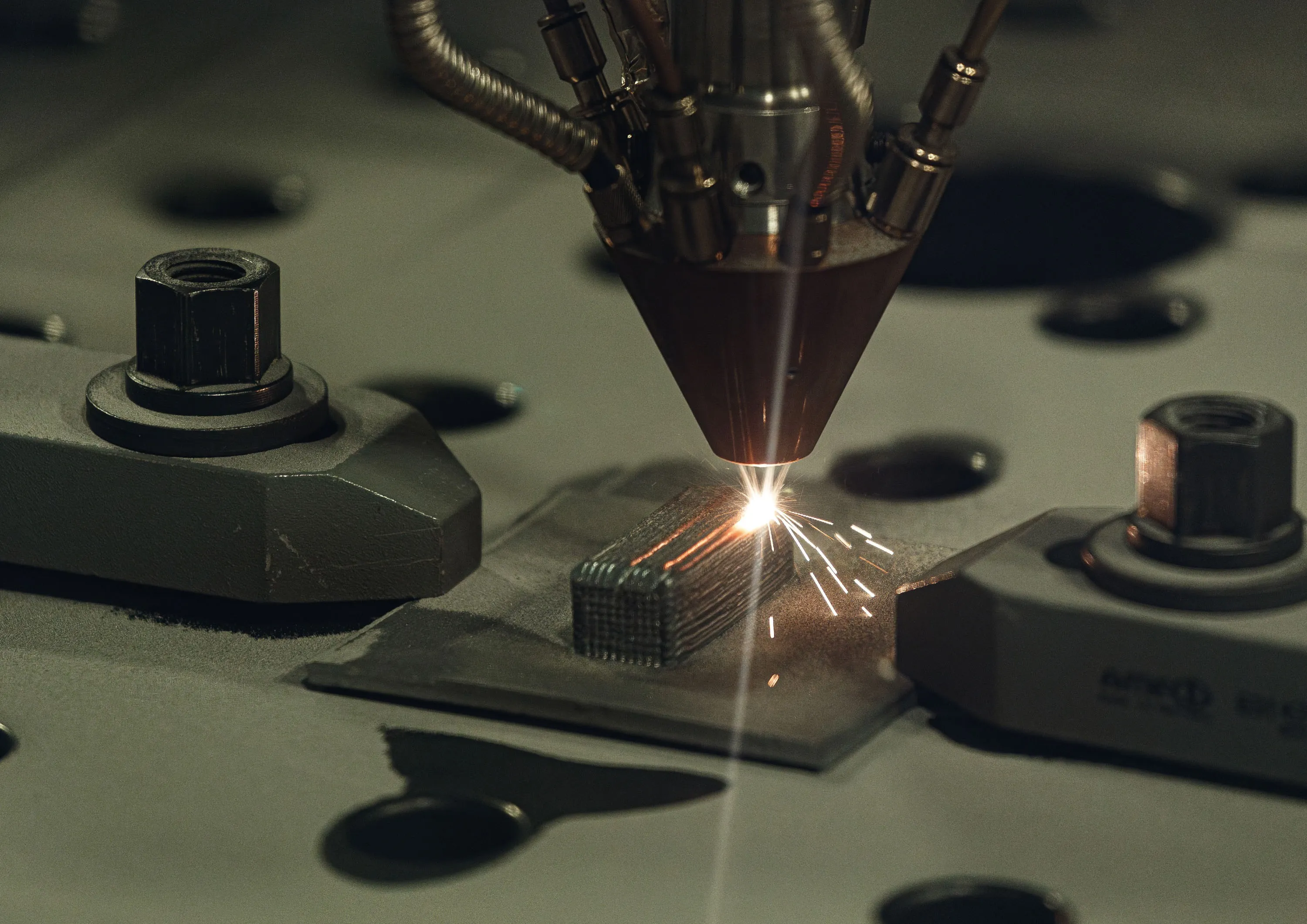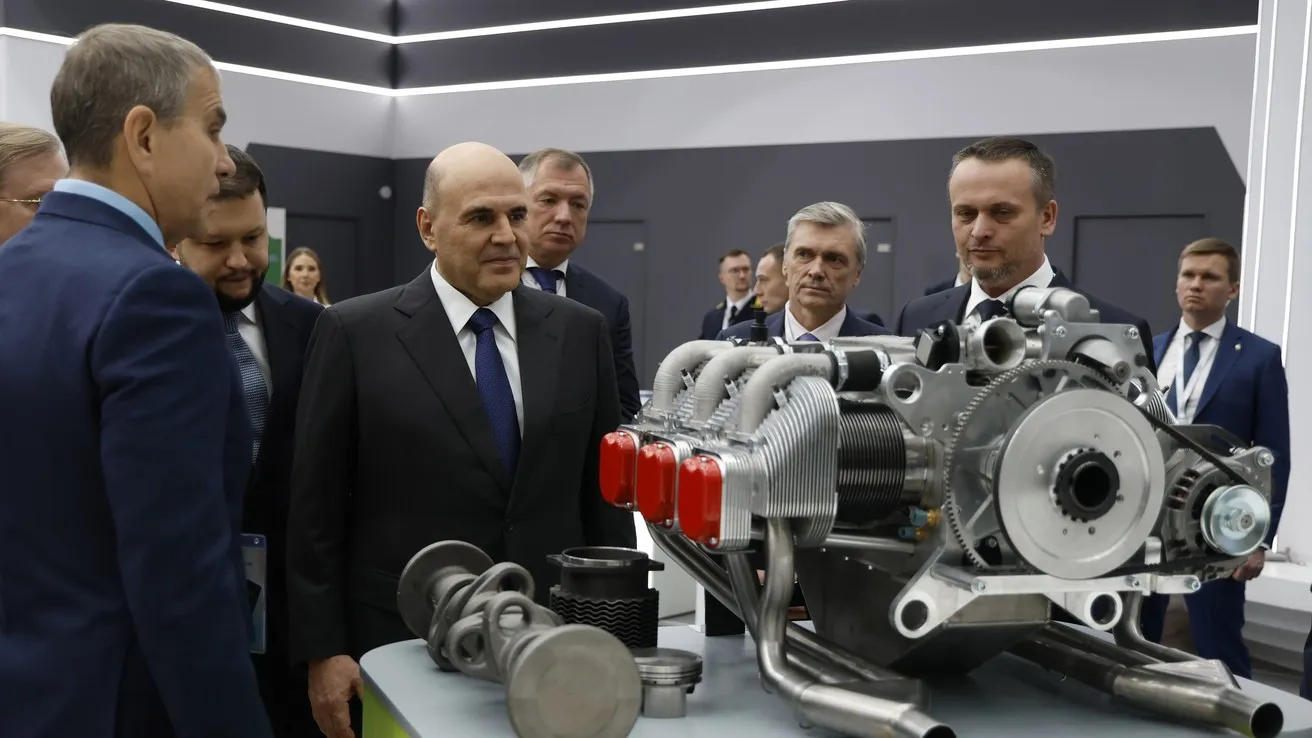3D Printing Could Help Russia Leap Ahead in Hydrogen Energy
Researchers from Tomsk Polytechnic University have developed a 3D printing method for hydrogen storage units, opening new opportunities for one of the world’s most promising energy sectors.
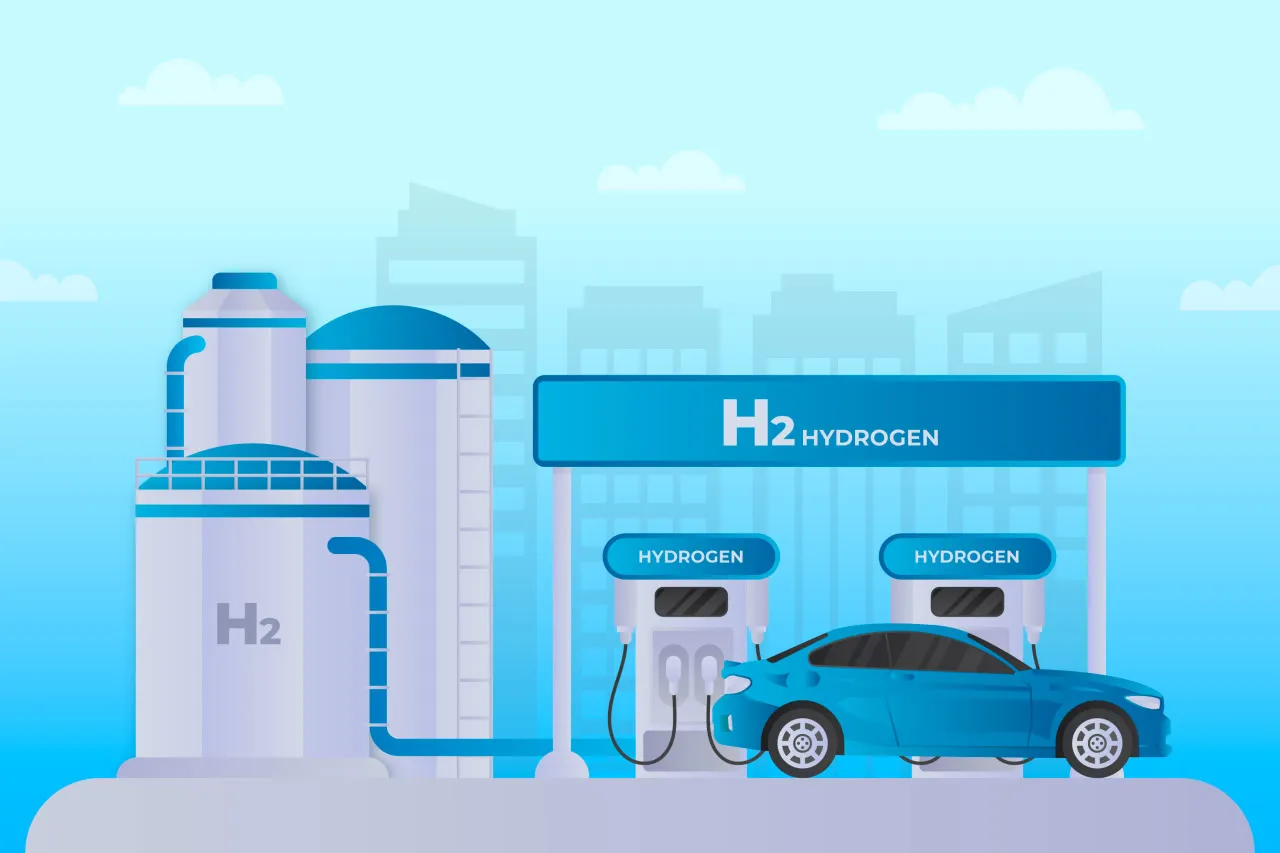
Scientists at Tomsk Polytechnic University (TPU) have introduced a new 3D printing method for producing hydrogen storage systems. Additive manufacturing will make it possible to develop prototypes faster, speeding up research into next-generation energy solutions and improving control over material properties.
Storage units of complex shapes—membranes, plates, and cylinders—will be created using extrusion printing. The composite material is based on a titanium–iron alloy embedded in a porous ABS polymer matrix.
Additive Manufacturing to Make Hydrogen Handling Safer
The TPU team’s breakthrough addresses one of hydrogen energy’s main challenges: the safe storage and transportation of this highly explosive gas. Industrial-scale production of durable hydrogen storage units could turn hydrogen into a key global energy carrier. According to forecasts, by 2040 the hydrogen sector may account for 10–15% of the world’s energy market.
Russian researchers have already completed the full production cycle for 3D-printed hydrogen storage units. The project was financially and organizationally supported by the Russian Science Foundation (RSF), established under the initiative of the President of Russia.










